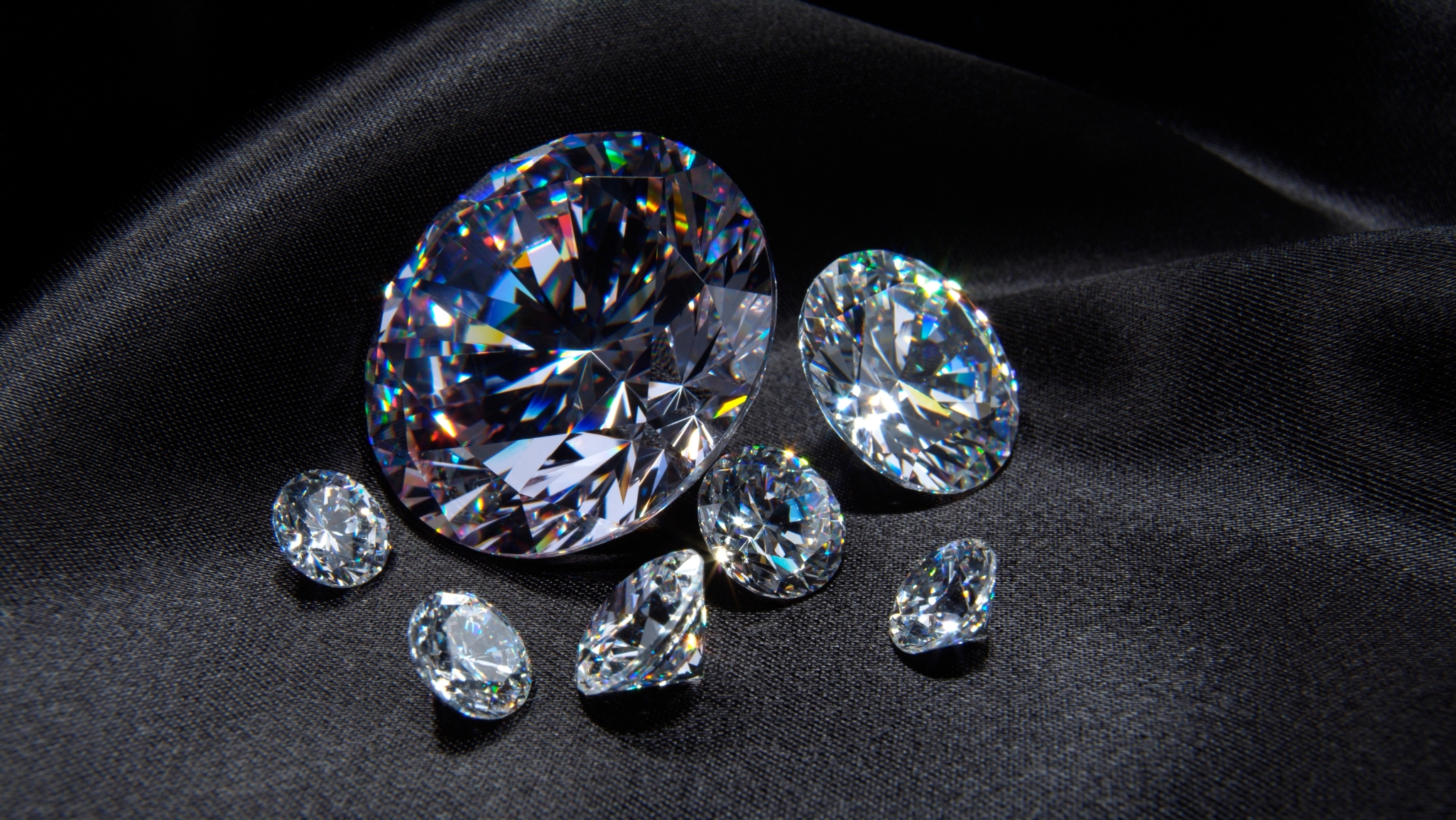
Introduction to Lab-Grown Diamonds
In recent years, lab-grown diamonds have gained significant attention for their ethical sourcing and sustainable production methods. Unlike natural diamonds formed deep within the Earth’s crust over millions of years, lab-grown diamonds are created in controlled laboratory environments using cutting-edge technology.
Comparison with Natural Diamonds
While lab-grown diamonds share the same physical and chemical properties as natural diamonds, they are distinguishable by their origin. Both types are composed of pure carbon atoms arranged in a crystalline structure, yet lab-grown diamonds are manufactured above ground in a matter of weeks the future of lab grown diamonds, not millennia.
Advantages of Lab-Grown Diamonds
One of the primary advantages of lab-grown diamonds lies in their cost-effectiveness. Typically priced up to 30% less than natural diamonds of comparable quality, they offer consumers a more affordable option without compromising on brilliance or durability. Moreover, their production process allows for precise control over quality, ensuring minimal impurities and consistent clarity.
Technological Advances in Diamond Synthesis
There are two main methods used to create lab-grown diamonds: High Pressure High Temperature (HPHT) and Chemical Vapor Deposition (CVD). HPHT mimics the natural diamond formation process by subjecting carbon to extreme heat and pressure, while CVD involves depositing carbon atoms onto a substrate in a vacuum chamber. Ongoing advancements in these techniques continue to improve efficiency and yield, making lab-grown diamonds more accessible than ever before.
Market Trends and Consumer Demand
Driven by environmentally conscious millennials and Gen Z consumers, the demand for lab-grown diamonds has surged in recent years. This demographic values transparency and sustainability, choosing lab-grown diamonds for their minimal environmental impact and ethical production practices. Market analysts predict significant growth in this sector, with lab-grown diamonds projected to capture a notable share of the global diamond market in the coming decades.
Environmental Impact
In contrast to diamond mining, which often involves land disruption, water usage, and ecosystem disturbance, lab-grown diamonds require significantly fewer resources and have a lower carbon footprint. This sustainable advantage resonates with eco-conscious consumers seeking to minimize their environmental impact without sacrificing the beauty and prestige associated with diamonds.
Quality and Certification Standards
To ensure transparency and consumer confidence, lab-grown diamonds are rigorously graded and certified by independent gemological laboratories. These certifications verify the diamond’s authenticity, quality characteristics (such as color and clarity), and ethical production origins. This commitment to standards helps differentiate lab-grown diamonds in the marketplace and builds trust among buyers.
Challenges and Limitations
Despite their growing popularity, lab-grown diamonds face challenges in penetrating the traditional luxury market dominated by natural diamonds. Some consumers still perceive natural diamonds as more valuable or sentimental, posing a barrier to widespread adoption of lab-grown alternatives. Additionally, regulatory frameworks and industry standards continue to evolve, requiring clear guidelines to distinguish between natural and lab-grown diamonds.
Applications Beyond Jewelry
Beyond their use in fine jewelry, lab-grown diamonds hold promise in various industrial and technological applications. Their exceptional hardness, thermal conductivity, and optical properties make them ideal for cutting-edge technologies such as lasers, semiconductors, and medical equipment. As research expands, so too will the innovative applications of lab-grown diamonds across diverse industries.
Lab created diamonds, also known as synthetic or cultured diamonds, are gems produced through advanced technological processes that replicate the natural conditions under which diamonds form in the Earth. These diamonds possess the same physical, chemical, and optical properties as their natural counterparts, making them indistinguishable to the naked eye.
Global Economic Implications
The rise of lab-grown diamonds has implications for economies reliant on traditional diamond mining. Countries in Africa, Russia, and Australia, among others, may face economic shifts as demand for natural diamonds stabilizes or declines. Conversely, regions investing in lab-grown diamond production could see economic growth and job creation opportunities associated with this burgeoning industry.
Future Technological Innovations
Looking ahead, ongoing research and development in diamond synthesis technologies promise further advancements in quality, efficiency, and scalability. Researchers are exploring new techniques to enhance color options, increase carat sizes, and reduce production costs, paving the way for broader adoption and market expansion.
Consumer Education and Awareness
Education plays a crucial role in shaping consumer perceptions of lab-grown diamonds. By providing clear information about their benefits, origins, and quality standards, industry stakeholders can empower consumers to make informed purchasing decisions. Addressing common misconceptions and highlighting the sustainable advantages of lab-grown diamonds will be essential in fostering greater acceptance and trust.
Investment and Resale Value
While lab-grown diamonds generally cost less than natural diamonds initially, their long-term value retention and resale potential are gaining recognition. Factors such as market demand, certification, and consumer preferences influence resale values, offering investors and collectors opportunities within this evolving market segment.
Social Perception and Cultural Shifts
As societal attitudes evolve towards sustainability and ethical consumption, lab-grown diamonds are becoming a symbol of responsible luxury. Their acceptance among younger generations reflects broader cultural shifts towards valuing innovation, transparency, and environmental stewardship in luxury goods.
Conclusion: The Future Outlook
In conclusion, the future of lab-grown diamonds appears bright and transformative. With advancements in technology driving quality improvements and sustainability gains, these diamonds are poised to redefine the industry landscape. As consumer awareness grows and regulatory frameworks adapt, lab-grown diamonds will continue to expand their presence in both the jewelry market and industrial applications, offering a compelling choice for conscious consumers seeking beauty with a conscience.






:max_bytes(150000):strip_icc()/GettyImages-1179580531-4340ea9cb05f4158b56b2e9dd3b6f8ea.jpg)